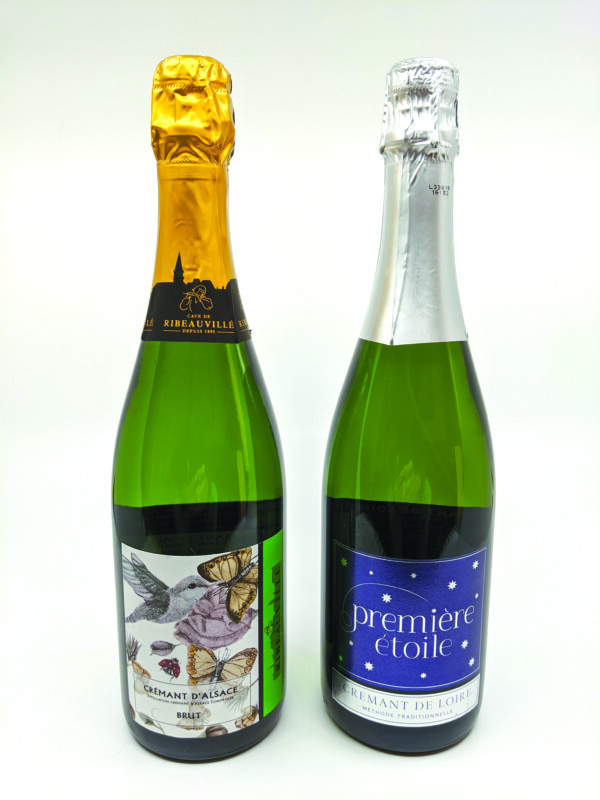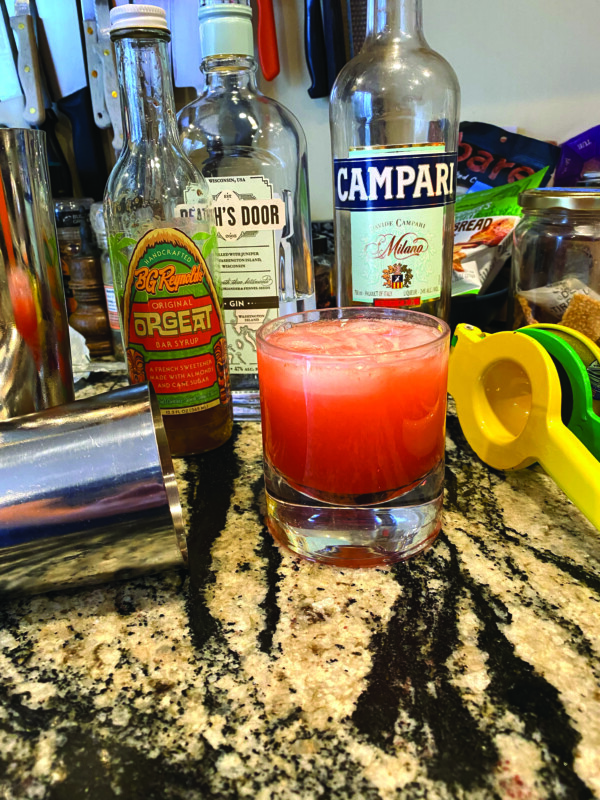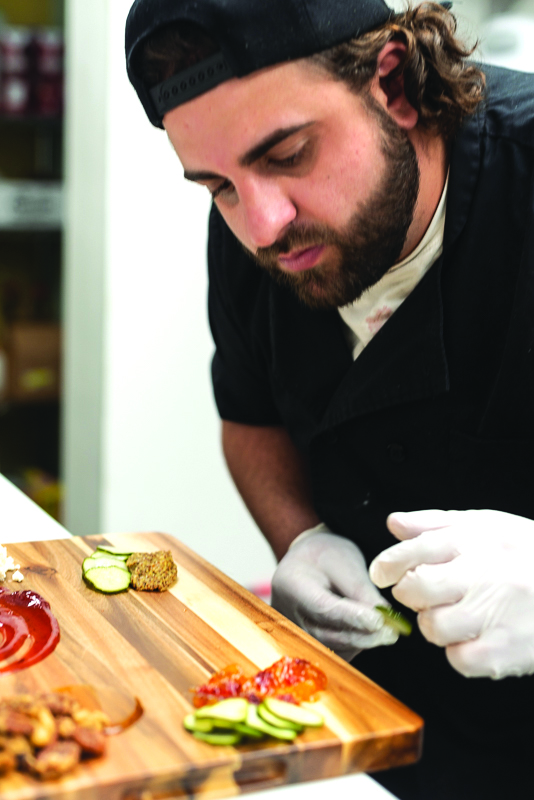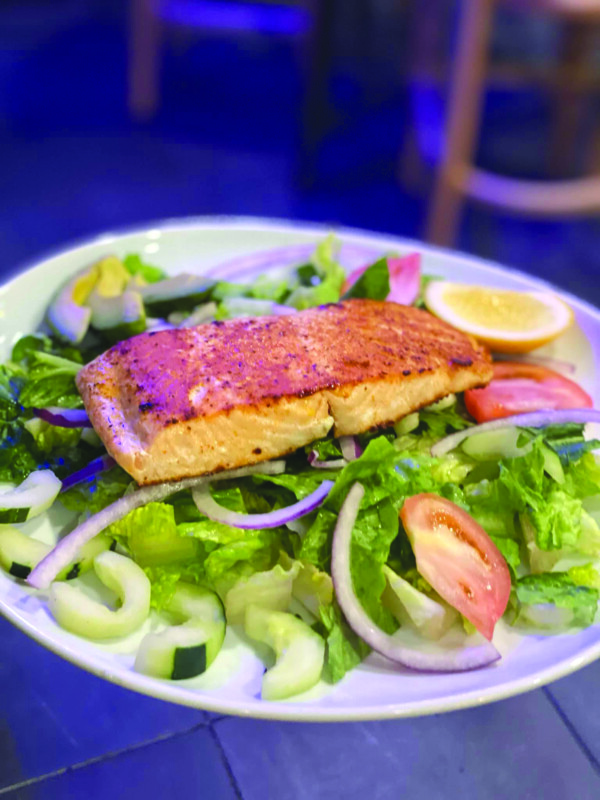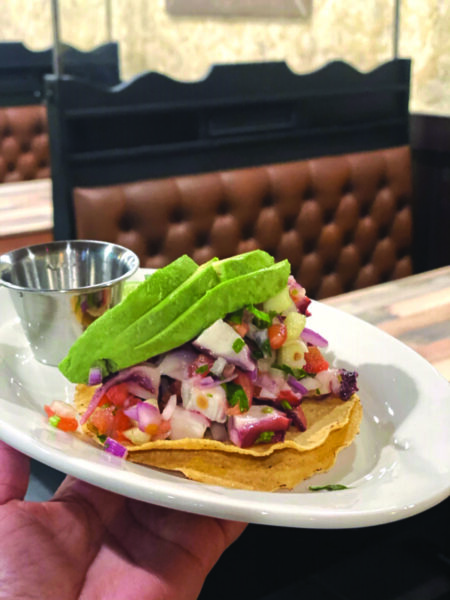Xiu Xiu, Oh No (Polyvinyl Records)
One usually doesn’t associate San Jose with experimental music, but Jamie Stewart has been producing just that out of the area for 19 years at last count. He’s been the only constant, although keyboardist and drum-programmer Angelo Seo has been a constant for several releases now, including this one. If you need some sort of touchstone, producing Stewart’s albums was a guilty pleasure of Deerhoof’s Greg Saunier, but Deerhoof-worship sure isn’t what’s afoot here. It’s a mercurial mixed bag of weirdness, in which Stewart sings deconstructionist-savvy duets with a bunch of different singers, including the aforementioned Saunier, Chelsea Wolfe and Alice Bag (Haley Fohr is particularly unlistenable here); his tentative, Norman Bates-style vocal is an acquired taste, as is his fetish for nonsense vocals, but this should work for you if you like things like the Swans when they’re in intelligible mode. Plenty of glitch and industrial noise, and for the most part it comprises billowy clouds of goth-ish mood-fog, but as always with this project, the record’s impossible to nail down in a couple of paragraphs. B
Johnny Thunders, “Chinese Rocks” (Die Laughing/ Golden Robot Records)
Warmup single for the forthcoming exclusive live album Cosa Nostra: Live At The Mudd Club 1983 Gothenburg, a Swedish live set from the former New York Dolls guitarist. Thunders was a tragic figure who grew up a fatherless outsider in Queens, N.Y., turned his back on a promising baseball career and died very mysteriously and way too soon. This song has been a staple anthem of original New York punk rockers for many decades now, written by Richard Hell and Dee Dee Ramone and first appearing on the 1977 album L.A.M.F. by Johnny Thunders and the Heartbreakers. The lyrics revolve around a drug reference that’s become almost quaint over time in some hyper-hip circles (the guys were trying to out-cool Lou Reed’s “Heroin”), and by the way, it was redone by the Ramones on their End Of The Century album. With regard to the quality of this release, well, it’s less than boombox-level, which one would expect for something this old and that was probably recorded on a cassette recorder by a roadie who never wanted the responsibility. But as such, it’s a priceless artifact. A+
PLAYLIST
A seriously abridged compendium of recent and future CD releases
• Where does the time go, I ask non-rhetorically, because look, guys, the next general CD release date is April 16! Since 80 percent of New Hampshirites love them some hard rock, we’ll kick off this week’s episode with none other than Led Zeppelin Mini-Me band Greta Van Fleet, with their new album The Battle At Garden’s Gate! As you know, these guys are nowhere near as adept at repackaging Zep as Fantastic Negrito (I think I heard Negrito won a Grammy this year, but my delicate constitution was, as always, too touchy to sit through all the twerking imbecility of the Grammys, so I’m just going by some headline I scrolled past while looking to poach some Twitter followers), but they sure are the next best thing to Negrito, if by “the next best thing” you mean “not even close, but at least I don’t feel horrible while it’s playing.” But hey, hilarious title, The Battle At Garden’s Gate, huh? There’s some meme that shows a pie graph of Zeppelin songs, showing that 30 percent of them are about sex, 68 percent are about hobbits, and 2 percent are about citrus fruits, and that’s all true, but these guys’ idea of a hobbit-style title — repeat, The Battle At Garden’s Gate — sounds like something you’d receive in a Loot Box when you were actually hoping for a 12-inch action figure of Gandalf just cold taking out a dragon with his light saber bow staff or whatever it is. But wait folks, that’s not all! The first single, “Age of Machine,” pickpockets tuneage from The Pretenders, Zep’s Houses of the Holy album, and some other Zeppelin thing, who cares. Now, granted, they do totally sound like a reincarnated version of Zep from 1971, but a version of Zep that grew up listening to Pennywise and Weird Al, not 1920s blues and whatnot. Oh, we’ve talked about this before, let’s just move it along here.
• Well, looky there, fam, it’s Let The Bad Times Roll, the new album from snotty Poindexter punks The Offspring! You remember them, with all their songs, you know, those songs that all just sound like remixed versions of “Come Out And Play.” (Sorry to bring that up, gang, really. Now the only way you’ll be able to get the line “you gotta keep ’em separated” out of your head is to go into the Apple store and shout it in the face of their Paul Blart at the top of your lungs.) So the title track is basically just the “Keep ’em separated” thing but a version played by a total ska band. Sublime comes to mind. OK, people, stay awake, let’s proceed.
• Until now, London Grammar was known as a dream-pop band, and that may have been true, but the title track from the British trio’s new album Californian Soil is trip-hop, not dream pop. It’s kind of nice, a cross between Mazzy Star and Florence and The Machine, but it’s not dream-pop. The video for the tune is pure Nylon-bait, an empty high-fashion statement with people dressed all spiffy whilst chilling out in scenes of ruin and upside-down people and whatnot.
• Lastly and rest assuredly leastly, it’s mummified video game boss villain Paul McCartney, with something mysteriously titled McCartney III Imagined! What does this all mean? Nothing really, from my seat, like the first single, “Kiss of Venus,” is basically an ’80s-pop song as redone by Justin Bieber, because it has a feat from mini-Bieber Dominic Fike. I can’t imagine anyone will actually dig this aside from the record company’s Like-bots, but have at it if you like.
Retro Playlist
Let’s go back to eight years ago this week or so, when the big news was the release of Life On A Rock, the 16th album from guitar-strumming cowboy person Kenny Chesney. I reported that the leadoff single, “Pirate Flag,” is a “mid-tempo number which has some banjo on there,” a “sleepy nondescript song about being a country boy” but at least wasn’t meant as a “WWE wrestling entrance theme like all the other garbage coming out of Nashville, even if it does remind me a little too much of Tom Petty’s ‘Mary Jane’s Last Dance,’” which was OK, as “Chesney’s old and rich enough not to care about unimportant little details like originality, who cares.”
The real meat of that long-ago potato, though, was a look at Paula Cole’s Raven album. The bummer thing about it was that Cole, “a Rockport, Mass., native who studied at Berklee and actually made something out of that training” unlike most, actually had to throw a Kickstarter in order to get enough money to release the album. OK, Cole was never meant to be the next Joni Mitchell or whatever, but she did table a couple of really nice hits, namely “Where Have All the Cowboys Gone” and the Dawson’s Creek theme song “I Don’t Want to Wait.” I do like that lady, and opined that her songs, although a bit long in running time, were “opuses of solitude, and her talent for haunting beauty is still there,” finishing with the bullet “Instant musical oatmeal for discriminating soccer moms.”
The other great one for April 18, 2013, was a world music joint, the self-titled debut from South African beatbox band The Soil. It’s a deeply immersive LP, mostly sung in their native (Sowego) dialect, “a warm, uninhibited set of (barely) rock-tinged a cappella hymns which, the band believes, come directly from God.” I’m too lazy to see if they got a Grammy nod for this record, but it did go well-deserved platinum in their corner of the world.


